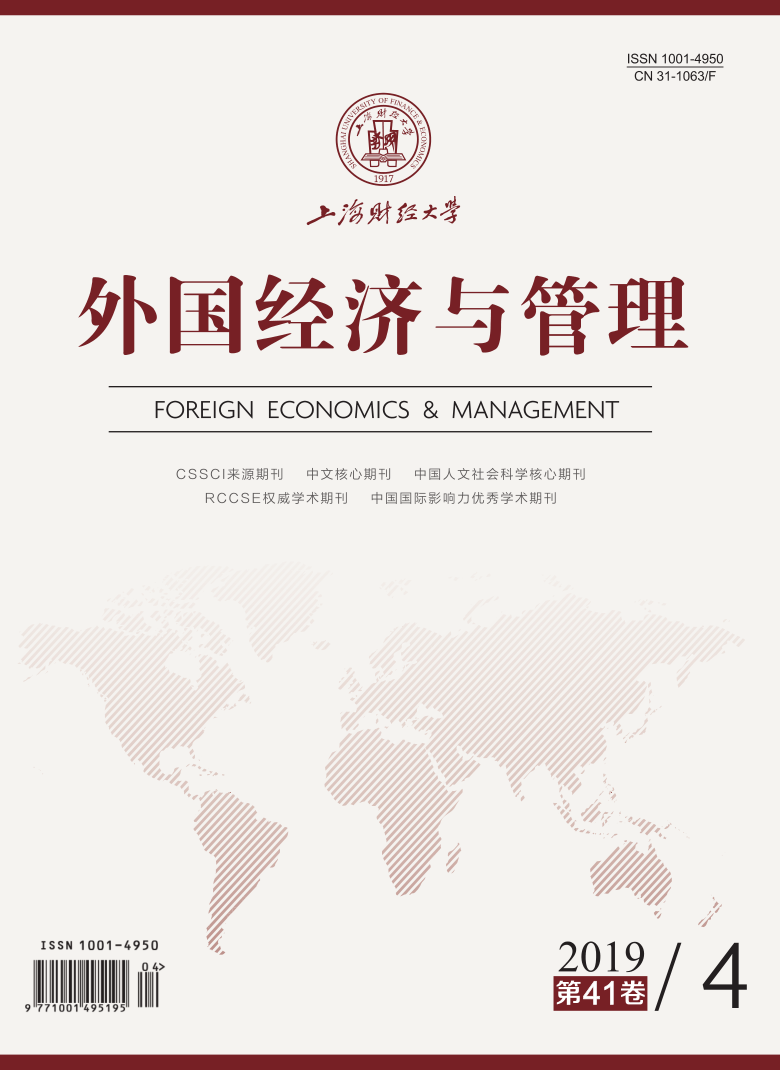联合型忠诚计划是由两家或两家以上的企业合作向顾客推行的共同的忠诚计划,它本质上是一种针对消费者多企业购买行为的回报计划,是管理顾客忠诚的重要工具。本文基于对现有文献的梳理,提出了一个联合型忠诚计划运作机理分析框架(即,设计要素—作用路径—作用结果),并通过整合不同参与方视角,回顾了联合型忠诚计划的主要设计要素(如,用户组合、消费回报、伙伴关系),阐述了联合型忠诚计划在运作中产生的价值创造效应、溢出效应与数据效应三种作用路径,分析了联合型忠诚计划存在的多种忠诚模式,进而针对联合型忠诚计划的结构设计、价值分配和忠诚转化等未来研究方向提出了建议。
联合型忠诚计划研究现状与展望
摘要
参考文献
1 Bijmolt T H A, Verhoef P C. Loyalty programs: Current insights, research challenges, and emerging trends[A]. Wierenga B, van der Lans R. Handbook of marketing decision models[C]. Cham: Springer, 2017.
2 Blanco-Justicia A, Domingo-Ferrer J. Privacy-aware loyalty programs[J]. Computer Communications,2016, 82: 83-94 DOI:10.1016/j.comcom.2016.02.002
3 Breugelmans E, Bijmolt T H A, Zhang J, et al. Advancing research on loyalty programs: A future research agenda[J]. Marketing Letters,2015, 26(2): 127-139 DOI:10.1007/s11002-014-9311-4
4 Cao Y H, Nsakanda A L, Diaby M, et al. Rewards-supply planning under option contracts in managing coalition loyalty programmes[J]. International Journal of Production Research,2015, 53(22): 6772-6786 DOI:10.1080/00207543.2015.1059519
5 Chang H H, Wong K H. Consumer psychological reactance to coalition loyalty program: Price-consciousness as a moderator[J]. Service Business,2018, 12(2): 379-402 DOI:10.1007/s11628-017-0353-6
6 Danaher P J, Sajtos L, Danaher T S. Does the reward match the effort for loyalty program members?[J]. Journal of Retailing and Consumer Services,2016, 32: 23-31 DOI:10.1016/j.jretconser.2016.05.015
8 Demoulin N T M, Zidda P. Drivers of customers’ adoption and adoption timing of a new loyalty card in the grocery retail market[J]. Journal of Retailing,2009, 85(3): 391-405 DOI:10.1016/j.jretai.2009.05.007
9 Dorotic M, Bijmolt T H A, Verhoef P C. Loyalty programmes: Current knowledge and research directions[J]. International Journal of Management Reviews,2012, 14(3): 217-237 DOI:10.1111/ijmr.2012.14.issue-3
10 Dorotic M, Fok D, Verhoef P C, et al. Do vendors benefit from promotions in a multi-vendor loyalty program?[J]. Marketing Letters,2011, 22(4): 341-356 DOI:10.1007/s11002-010-9128-8
11 Dorotic M, Verhoef P C, Fok D, et al. Reward redemption effects in a loyalty program when customers choose how much and when to redeem[J]. International Journal of Research in Marketing,2014, 31(4): 339-355 DOI:10.1016/j.ijresmar.2014.06.001
12 Evanschitzky H, Ramaseshan B, Woisetschlager D M, et al. Consequences of customer loyalty to the loyalty program and to the company[J]. Journal of the Academy of Marketing Science,2012, 40(5): 625-638 DOI:10.1007/s11747-011-0272-3
13 Frisou J, Yildiz H. Consumer learning as a determinant of a multi-partner loyalty program’s effectiveness: A behaviorist and long-term perspective[J]. Journal of Retailing and Consumer Services,2011, 18(1): 81-91 DOI:10.1016/j.jretconser.2010.10.002
14 Gardete P M, Lattin J M. Coalition loyalty program not working? Maybe you’re doing it wrong[R]. Working Paper No. 3645, 2018.
15 Hwang J H, Chung J, Kim J W, et al. Antecedents to loyalty point redemption: Implications for customer equity management[J]. Journal of Business Research,2016, 69(9): 3731-3739 DOI:10.1016/j.jbusres.2015.12.065
16 Jai T M, King N J. Privacy versus reward: Do loyalty programs increase consumers’ willingness to share personal information with third-party advertisers and data brokers?[J]. Journal of Retailing and Consumer Services,2016, 28: 296-303 DOI:10.1016/j.jretconser.2015.01.005
18 Lee M Y, Lee A S, Sohn S Y. Behavior scoring model for coalition loyalty programs by using summary variables of transaction data[J]. Expert Systems with Applications,2013, 40(5): 1564-1570 DOI:10.1016/j.eswa.2012.08.073
19 Lemon K N, Wangenheim F V. The reinforcing effects of loyalty program partnerships and core service usage: A longitudinal analysis[J]. Journal of Service Research,2009, 11(4): 357-370 DOI:10.1177/1094670508330451
20 Liu Y P, Yang R. Competing loyalty programs: Impact of market saturation, market share, and category expandability[J]. Journal of Marketing,2009, 73(1): 93-108 DOI:10.1509/jmkg.73.1.093
21 Martin K D, Borah A, Palmatier R W. Data privacy: Effects on customer and firm performance[J]. Journal of Marketing,2017, 81(1): 36-58 DOI:10.1509/jm.15.0497
24 Rese M, Hundertmark A, Schimmelpfennig H, et al. Loyalty program types as drivers of customer retention: A comparison of stand-alone programs and multi-vendor loyalty programs through the lens of transaction cost economics[J]. The International Review of Retail, Distribution and Consumer Research,2013, 23(3): 305-323 DOI:10.1080/09593969.2013.775957
25 Schumann J H, Wünderlich N V, Evanschitzky H. Spillover effects of service failures in coalition loyalty programs: The buffering effect of special treatment benefits[J]. Journal of Retailing,2014, 90(1): 111-118 DOI:10.1016/j.jretai.2013.06.005
26 Sharp B, Sharp A. Loyalty programs and their impact on repeat-purchase loyalty patterns[J]. International Journal of Research in Marketing,1997, 14(5): 473-486 DOI:10.1016/S0167-8116(97)00022-0
27 So J T, Danaher T, Gupta S. What do customers get and give in return for loyalty program membership?[J]. Australasian Marketing Journal (AMJ),2015, 23(3): 196-206 DOI:10.1016/j.ausmj.2015.02.002
29 Votola N L, Unnava H R. Spillover of negative information on brand alliances[J]. Journal of Consumer Psychology,2006, 16(2): 196-202 DOI:10.1207/s15327663jcp1602_10
30 Wang R J H, Krishnamurthi L, Malthouse E C. When reward convenience meets a mobile app: Increasing customer participation in a coalition loyalty program[J]. Journal of the Association for Consumer Research,2018, 3(3): 314-329 DOI:10.1086/698331
引用本文
康俊, 包佳鑫, 江林. 联合型忠诚计划研究现状与展望[J]. 外国经济与管理, 2019, 41(4): 85-97.
导出参考文献,格式为:





 , 2
, 2 14954
14954  14233
14233

